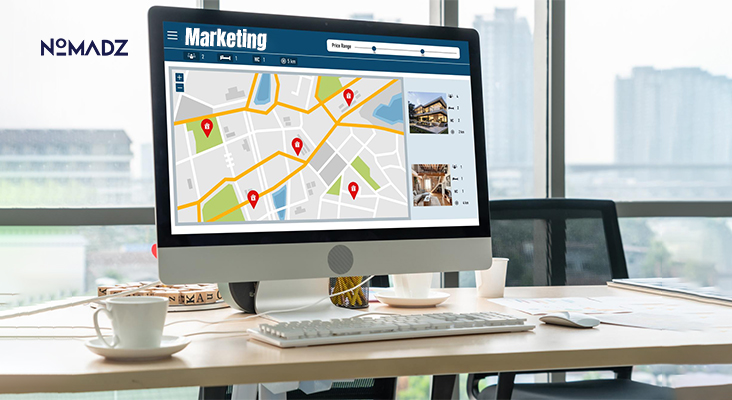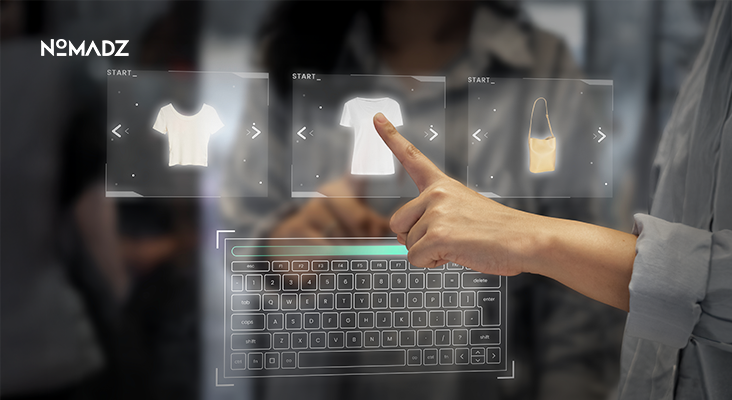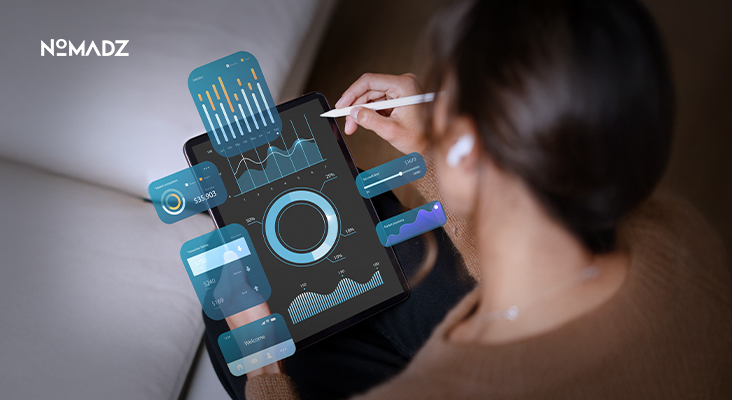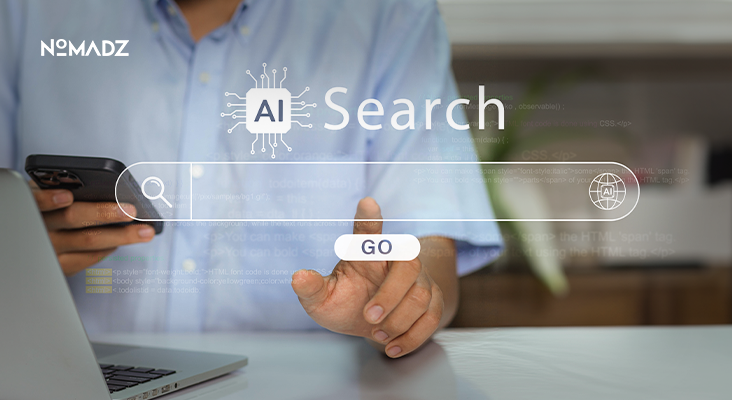Location-Based Marketing: Drive Sales with Smarter Targeting
Think of the situation when you are walking by your favorite coffee shop and get a notification immediately: ‘your favorite latte is 20 percent off today- just for you!’. This is the secret of place-based marketing. It is not about buzzing random advertisements. It is, however, all about getting the right customer in the right place at the right time.
Location-based marketing is rapidly emerging as one of the smartest methods to engage and sell products to people in the modern mobile-driven world, where a majority of the population carries smartphones all the time.
What Is Location-Based Marketing?
Location-based marketing involves sending personalized marketing messages, offers, or information based on real-time or historical location information of the consumer. Such messages may be sent in the form of push notifications, text messages, or in-app banners, and even on social media advertisements.
It uses technology such as GPS, Wi-Fi, Bluetooth beacons, and geofencing to monitor the locations of customers – or have been – and provide them with extremely personalized experiences.
Imagine it as a kind of online shopkeeper who understands your habits and gives suggestions at the right moment.
Also Read: Instagram to Welcome Retention Chart & Skip Rate in Reels
Different Types of Location-Based Marketing
Location marketing does not always work in that manner. The following are the primary business strategies:
1. Geotargeting
- What it does: Serves people within a defined city, region, or neighborhood based on IP or GPS data.
- Example: A chain of pizzas that would only have advertisements in the cities where they have outlets.
2. Geofencing
- What it is: It establishes a virtual fence around a place. The entry or exit of a customer into the area initiates a message.
- Example: A shopping mall that notifies customers of the ‘Flash Sale Today!’ every time they enter the shopping hall.
3. Beaconing
- What it is: It relies on Bluetooth beacons to target accurately indoors.
- Example: A Supermarket app that delivers aisle-based coupons, such as a discount on cereal when you stand by the cereal shelf.
4. Geo-Conquesting
- What it is: It goes out to the customers when they are within proximity to a competitor’s location.
- Example: A fast-food chain has the ‘Buy 1 Get 1 Free Burgers’ promotion for customers passing by one of the competitor’s restaurants.
Each of these strategies helps the brands to cut the noise and deliver messages that would not go to waste.
Why Location-Based Marketing Matters?
1. Hyper-Relevant Experiences
Nobody likes irrelevant ads. Promotions are also timely and helpful when location-based campaigns display an umbrella sale on a rainy day.
2. Higher Engagement
Customers can become involved with marketing that is personal. Offers made or reminded in good time are less intrusion and more of a good nudge.
3. Boosts Foot Traffic
When a person is present, then they are already halfway to being a customer. A rapid proposal can carry them to your doorstep in the blink of an eye.
4. Competitive Edge
Through geo-conquesting, companies can grab the clients of their rivals with more appropriate offers and ensure that their brand stays in their minds.
5. Data-Driven Insights
Location analytics show customer behavior- such as busiest times or areas in stores. Such information is beneficial in optimizing layouts, staffing, and promotions.
Also Read: LinkedIn’s Algorithm Works Just Fine, You’re Just Using It Wrong
Real-World Examples
- Retail: Clothing brands deploy geofencing to market offers like new arrivals to local shoppers.
- Hospitality: Hotels employ location data to recommend on-site dining or spa discounts while the guest is staying.
- Events: Organizers of the concerts provide push notifications to the audience in the venue with seat upgrades or special deals on merchandise.
- Fitness: Gyms will send some motivational messages or a trial offer to those who jog in the vicinity of their establishment.
These are just examples that location-based marketing is not all about sales but customer experience.
Challenges and Best Practices
Location-based marketing should be wisely used like any other potent instrument.
- Privacy & Consent First: A choice must be made by the customers. State why you are collecting information and how this will be of benefit to the customer.
- Precision Matters: When you miss the wrong people (i.e., those who are not within your delivery area), it can kill trust.
- Balance Frequency: Notifying users too many times may cause them to uninstall an app. Timing is everything.
- Clear Value Exchange: It should always be something of value, whether it is a discount, convenience, or exclusivity, to ensure that the customers feel good about sharing their location with people.
Smart Tips to Get Started
- Small: Geofence one store or event, then expand it to scale.
- Combine Channels: Use SMS, push, and social ads together for a stronger impact.
- Test and Learn: A/B test your offers and find out what is bringing more people to your business.
- Blend Both Online and Offline: Invite your customers to download your application to get some online benefits, and complement the in-store shopping with the alerts of a beacon.
- Use Insights: Optimize future campaigns by tracking the performance data, such as redemption rates or store visits.
Why Customers Love It?
Location-based marketing is effective in its essence since it is personal and convenient. It does not yell, Buy this now! It simply announces, here, something useful to you, just where you are. Such a degree of relevance creates loyalty and causes customers to prefer you to other competitors.
Also Read: Generative AI in Film & TV: Netflix Shares New Content Guidelines
Conclusion
Location-based marketing is not just a buzzword. It is a bridge between the physical and digital real worlds- a way of dealing with people when they are better equipped to reply.
When it is done correctly, it will not only boost sales. It builds better relationships, improves the customer experiences, and makes the businesses smarter, not noisier.
In other words: Location-based marketing = right place, right time, and right message.
FAQs
What is location-based marketing?
Location-based marketing involves the use of GPS, Wi-Fi, and beacons to deliver personalized marketing messages to consumer based on their geographic location.
What is the difference between geofencing and beaconing?
Geofencing is suitable for wide geographical locations, such as stores or malls, with the assistance of GPS and beaconing, and provides hyper-local targeting in buildings with the help of Bluetooth.
Does location marketing work across all businesses?
It is effective with companies that have physical presence- such as retailers, restaurants, gyms, or events but can be used with online sales as well.
What are the privacy considerations?
Users have to give their consent to provide location data. Brands are expected to have clear stories of how to use their products, safeguard data, and adhere to privacy laws.
Is location-based testing cost-effective when it comes to brands?
Yes, geofencing campaigns can be initiated in one location and then expanded as the business expands in terms of performance and ROI.









Leave feedback about this